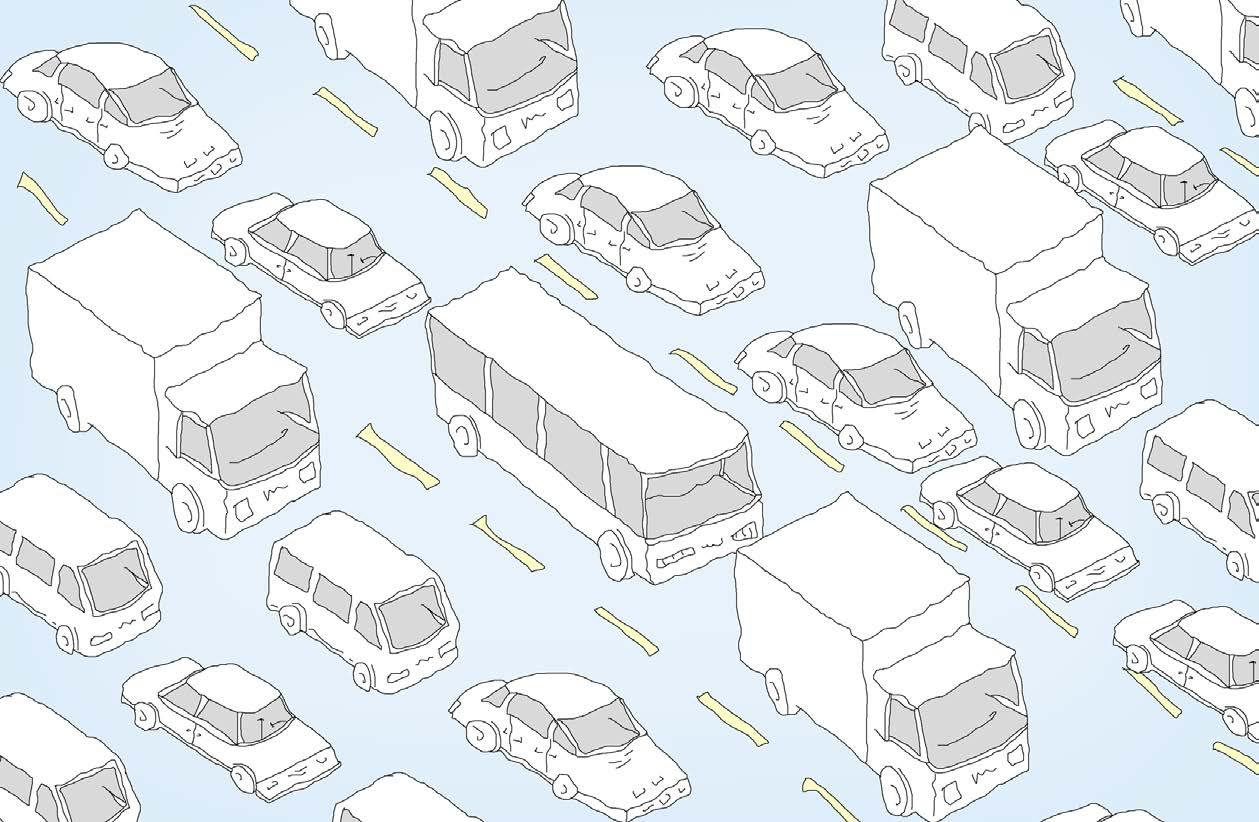
1 minute read
THE UTOPIAN BAZAAR CULTURE
In the context, the utopian vision of the bazaar culture rests in the lessons learned from history. Bridging the crowded bazaars to the quieter residential neighborhoods occurs through a system of connecting, secondary bazaars. It is within this organic connectivity that the urban character of the Walled City lies.
The ground below is a crowded maze of building stock. Instead of filling up the diminishing remaining space with even more construction, layers of elevated bazaars slicing through the sky could share the load. Perhaps, amidst a tightly packed city, this leaves little room for islands of green.
Advertisement
The preposterously growing warehousing, creeping on the surface of the city and battling unjustly with the residents, sinks underground. Craft ateliers for the artisans dangle from the sky, creating a private sphere for the craftsmen within the crowded bazaar.
Sara, a skilled tailoress, stitches traditional garments for her neighbors. Her craft helps her place warm meals on the table for her family. Meanwhile, Mariam provides tuition to children from her neighborhood, to earn a little extra money, to pursue art school. The pods hanging above the residential spaces explore the publicness of private space, providing semi-public spaces for these small-scale crafting and services, within the comfort of residential neighborhoods.
Undoubtedly, the culture of the Walled City lies in the lives of the residents and the commercial activity, both sensitively knit together.
CROWDED ROADS AND TRAFFIC JAMS
“This traffic jam is getting on my nerves,” muttered Fabian under his breath during a road trip from Heidelberg to Munich. I looked out the window, only to behold a string of organized vehicles lined up meticulously, as people waited patiently, swaying to the music in their cars. “That’s the cutest traffic jam I have encountered,” I thought to myself as memories of the roads and streets on a regular day in the Walled City flashed before my eyes.











